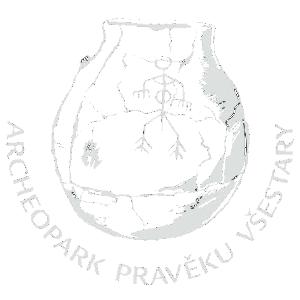The Monoxylon expeditions
A monoxyl
( from the Greek monoxylon ) is a simple wooden vessel hollowed out of a single tree trunk. Monoxyles have been shown to be one of the oldest documented types of boat. Their use has been confirmed by archaeological findings since the Stone Age, and some natural ethnic groups still use them today.
The Monoxylon expeditions
are maritime expeditions of Radomír Tichý and his team, which closely combine science in the form of experimental archaeology and the adventure of maritime navigation.
The purpose of the Monoxylon expeditions is the practical verification of different monoxyl production technologies and their properties in maritime navigation. In the form of an archaeological experiment, we are testing monoxyl as a type of vessel that may have been used in the dispersal of early agricultural populations in the Mediterranean 9,000 years ago. We want to emphasise the importance of monoxyles compared to the leather or reed boats popularised by the expeditions of, for example, Thor Heyerdahl or the Papyrella 1988 expedition.
The Archaeological Park in Všestary, where you can also see the exhibition with monoxyles from our expeditions, provides us with a background for archaeological experiments.
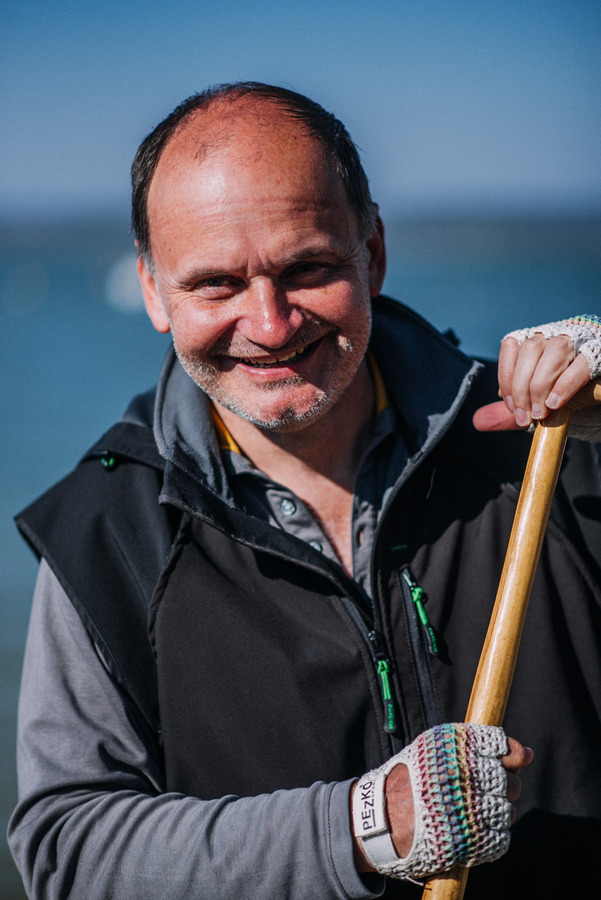 Radomír Tichý, Ph.D.
Radomír Tichý, Ph.D.
Associate Professor
author of projects The Monoxylon Expeditions
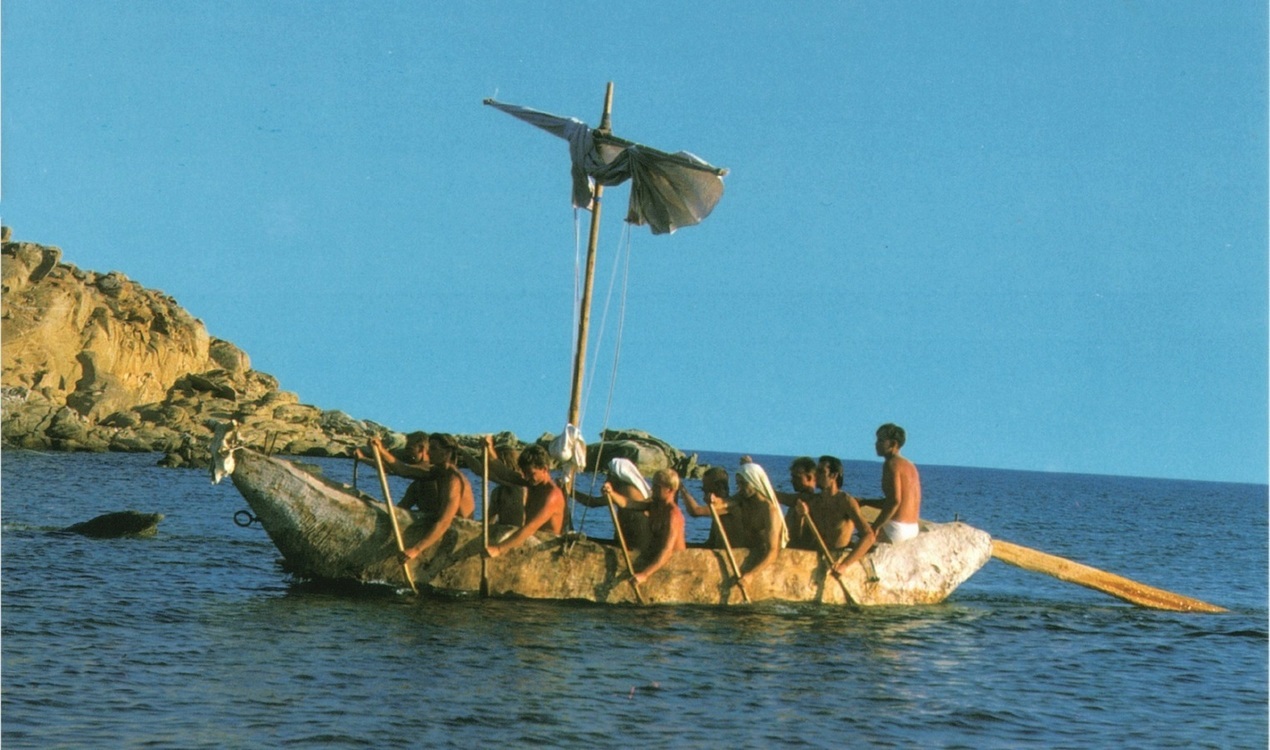
The Monoxylon I expedition
1995
Aegean Sea ~ 290 km
The motive of the first expedition was to test the transport of people, crops and animals by boat, which was hollowed out without a specific model using tools from the Neolithic period (younger Stone Age). The route was planned across the Aegean Sea from the island of Samos, which is close to the Turkish coast. It went past the island chain of Ikaria, Mykonos, Tinos, Andros and Euboia to the coast of Attica peninsula, where it ended near the town of Nea Makri.
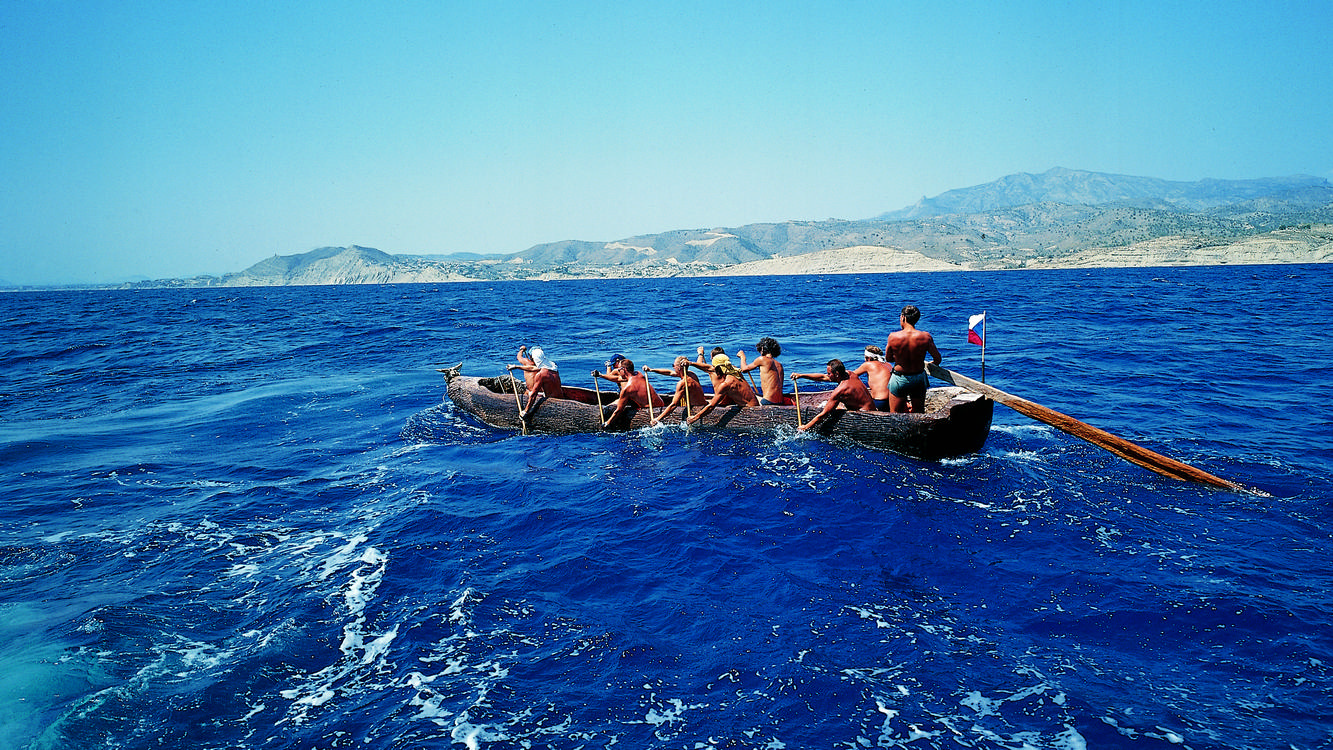
The Monoxylon II expedition
1998
Mediterranean Sea ~ 760 km
The second expedition made a sea voyage along the coasts of Italy, France, Spain and Portugal. The expedition ended in Lisbon with participation in the EXPO 98 exhibition “Oceans, a heritage for the future”. This expedition was a natural follow-up to the first voyage in the areas where the cardium-impresso culture was documented to have settled in the Neolithic. The discovery of the Neolithic monoxylus “La Marmotta” in Lake Bracciano, Italy, was the basis for the new ship.
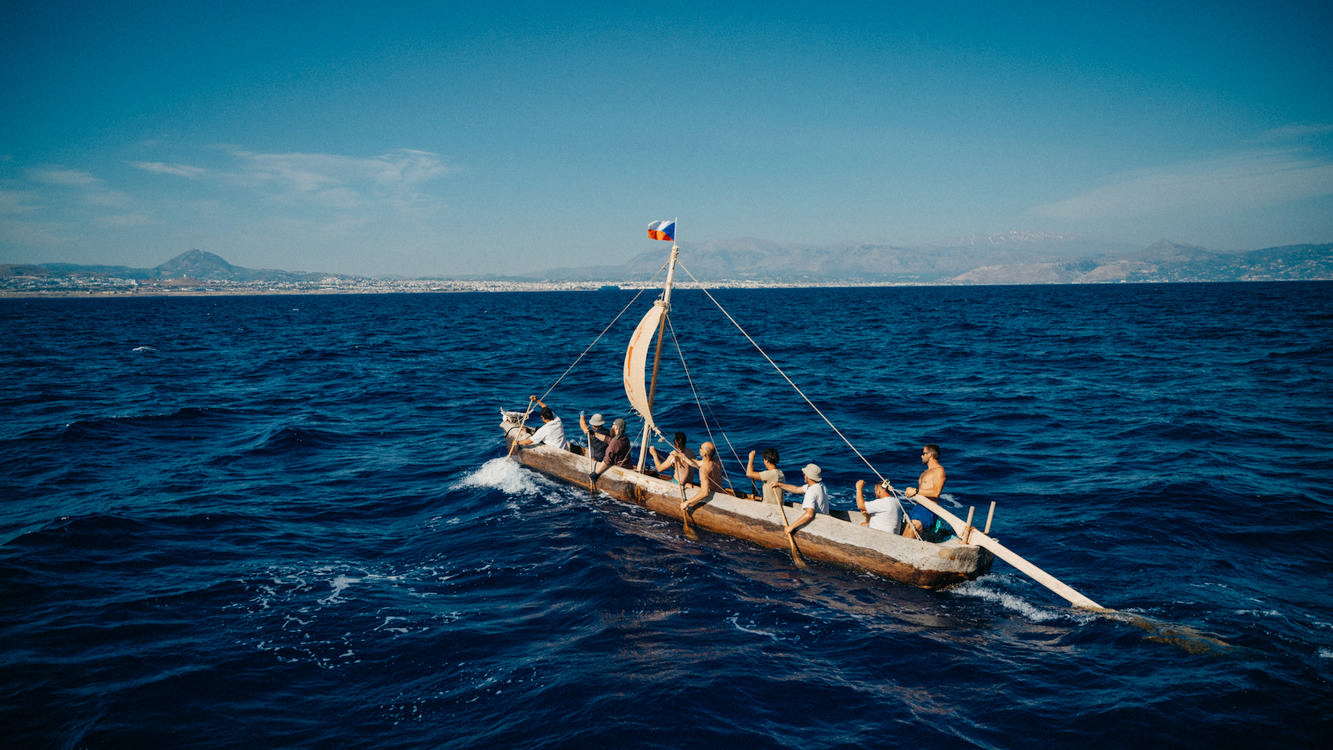
The Monoxylon III expedition
2019
Aegean Sea ~ 415 km
The topic of the oldest Mediterranean voyages is still relevant in the literature. New archaeological discoveries from the Middle and Early Stone Age on Cyprus, Crete and other Aegean islands have contributed to this. However, few practical experiments in maritime navigation have been added to the list of archaeological experiments. So we decided to pull out our 20-year-old boat from our second expedition and set sail again into the waves of the Aegean Sea with the aim of conquering Crete.
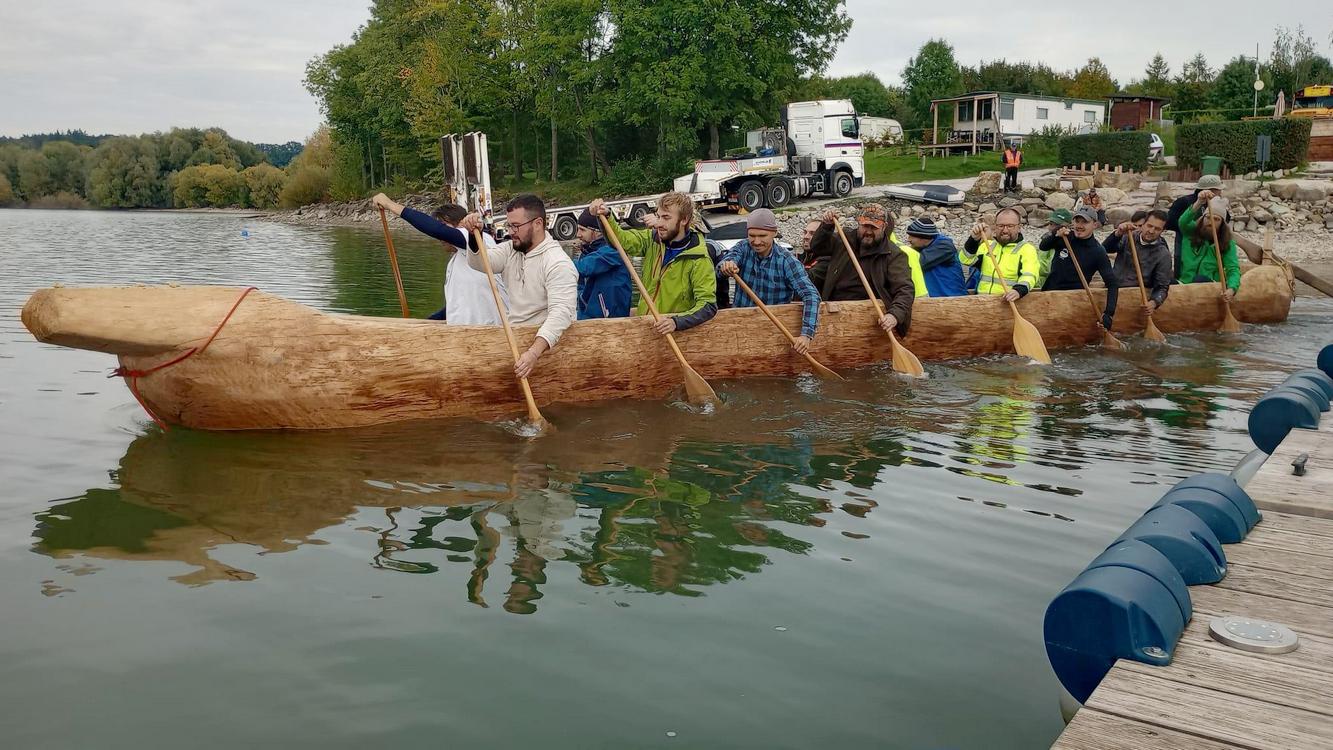
The Monoxylon IV expedition
2023
Aegean Sea ~ 550 km
Thanks to a lucky coincidence, we obtained the fallen trunk of a huge oak tree that had been growing in the forests near Opočno for nearly 300 years. Throughout the year 2022, we used it to make a boat that faithfully replicates the dimensions of the monoxyl found by archaeologists in Lake Bracciano, Italy. In September 2022, we successfully tested and christened it on the Rozkoš reservoir. The “King of Mochov” is ready to embark on the journey of the Melian obsidian and sail along the Greek islands on the route between the archaeological sites of Çukuriçi and Franchthi
Our story
4 naval expeditions
2000 paddled kilometres
science, adventure, friendship …
„Just a few years ago I had no clue what a chiselled out boat looked like, who Radek Tichy was or what it was like to taste seawater. I had no idea that prehistoric people could have navigated the seas and that they had been spreading their entire culture by sea. I did not know what it felt like to survive a sea storm. I did not know how beautiful the dawn could be in deserted bays and islands or how enchanting the swimming could be at night in the deep sea full of glowing luminous plankton. I did not know what horrors could grip the mind in waves at heavy seas or what sea sickness felt like. Just a few years ago I had simply no clue what Monoxylon meant and what good friends I would meet on this adventure…“
Vladislav Rogozov
The Monoxylon I & II expedition
” … sailing in a boat is a way of meditation for me. Your world is simplified to one destination and the performance of a few basic tasks. You can be much more present in the moment than is usual in ordinary life. In this moment, there is “just” a lot of salt water and wind around you, a big piece of hollowed piece of wood that you are sitting in, wearing nothing but your saltwater shorts, holding a wooden paddle or rudder, and you can see your destination on the horizon ahead of you (or at least you suspect it is there somewhere). Sailing doesn’t force you to set your attention on anything else, and so your mind casually chooses what to attend to, it reaches deeper, and you see things much more clearly. “
Richard Thér
The Monoxylon II & III expedition
„I am lying on the surface, enjoying the gentle rocking of the small waves that have managed to penetrate the small, narrow bay on the islet of Nea Kameni. I feel the pleasant warmth of the thermal springs that mix with the seawater and colour it brown with iron and sulphur from the volcano’s interior. I’m amazed by the rugged beauty of this place and at the same time immensely proud. I’m proud of myself and my Monoxylon III expedition mates because we were able to step out of the hectic hustle and bustle of today and return to our boyhood dreams. Together we built a beautiful replica of a prehistoric ship, sailed it all the way here under our own power and contributed a small drop to the great sea of human knowledge. “
Alexandr Jenš
The Monoxylon I, II.III & IV expedition
